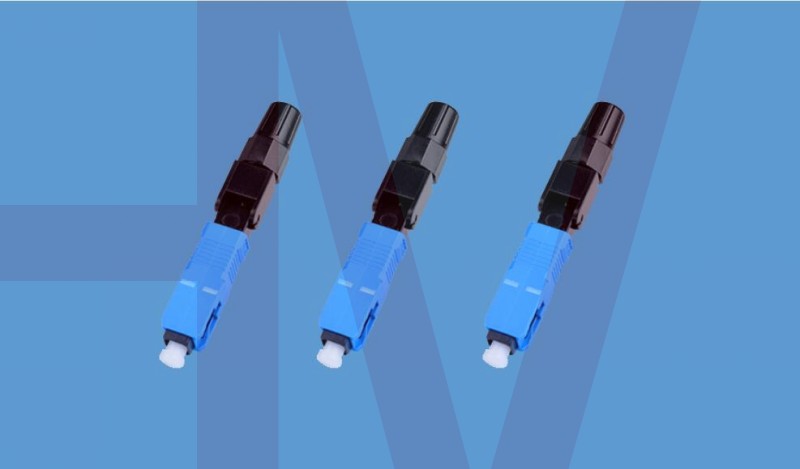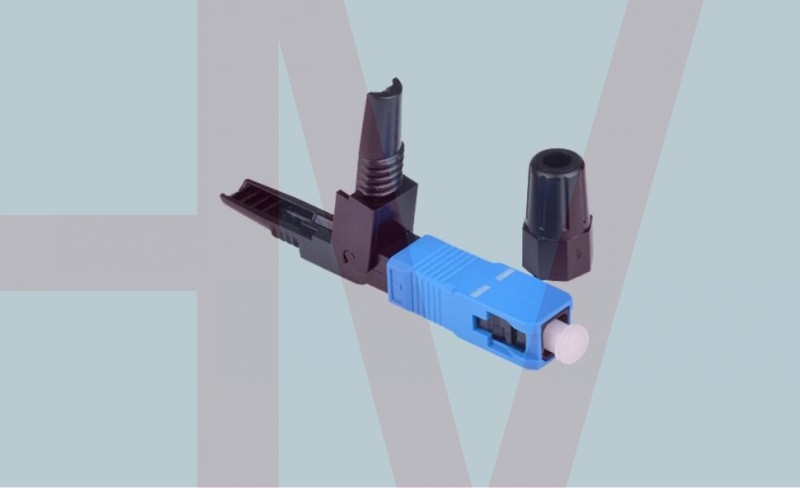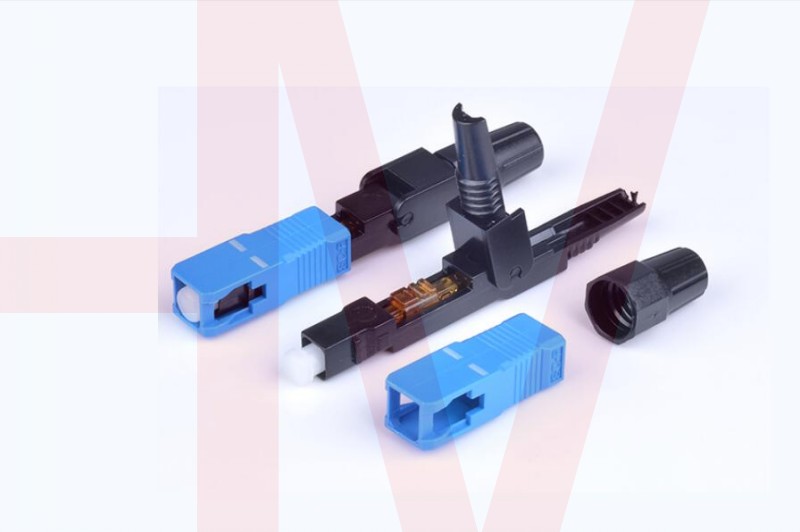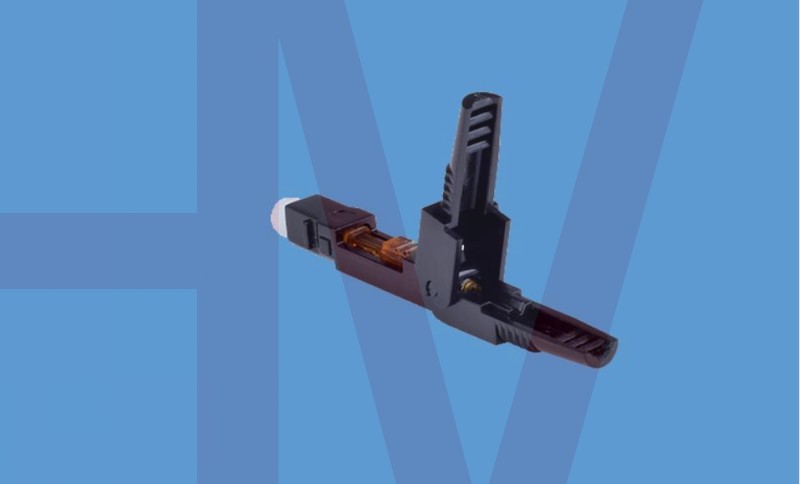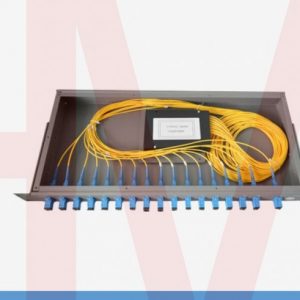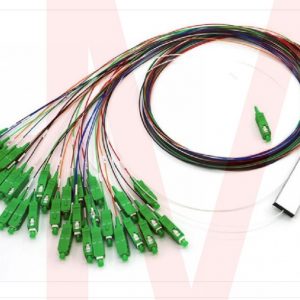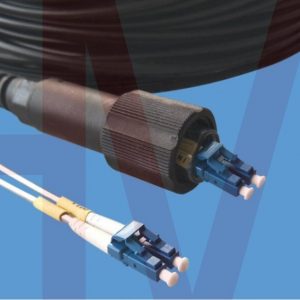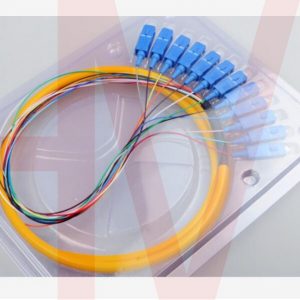Description
Fiber optic connector, commonly known as a fiber optic connector, is commonly referred to as a fiber optic connector. It is a reusable passive device used to connect two fibers or cables to form a continuous optical path. It has been widely used in fiber transmission lines and fiber distribution frames. And optical fiber test instruments and meters are the most used optical passive components.
1. Optical performance: For the optical performance requirements of fiber optic connectors, the two most basic parameters of insertion loss and return loss are mainly used.
Insertion Loss is the loss of the effective optical power of the link caused by the introduction of the connector. The smaller the insertion loss, the better. Generally, the requirement should be no more than 0.5dB.
Return Loss (Reflection Loss) refers to the ability of the connector to suppress the reflection of the link optical power, and its typical value should be no less than 25dB. In the actual application of the connector, the surface of the pin has been specially polished to make the return loss larger, generally not less than 45dB.
2. Interchangeability, repeatability
The fiber optic connector is a universal passive device. For the same type of fiber optic connector, it can be used in any combination and can be used repeatedly. Therefore, the additional loss introduced is generally less than 0.2 dB.
3. Tensile strength
For a good fiber optic connector, the tensile strength is generally required to be no less than 90N.
